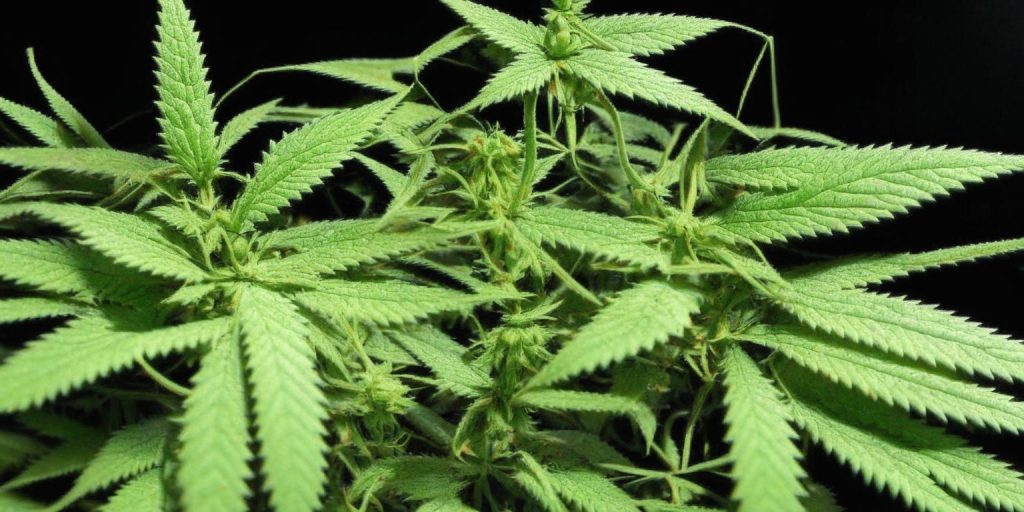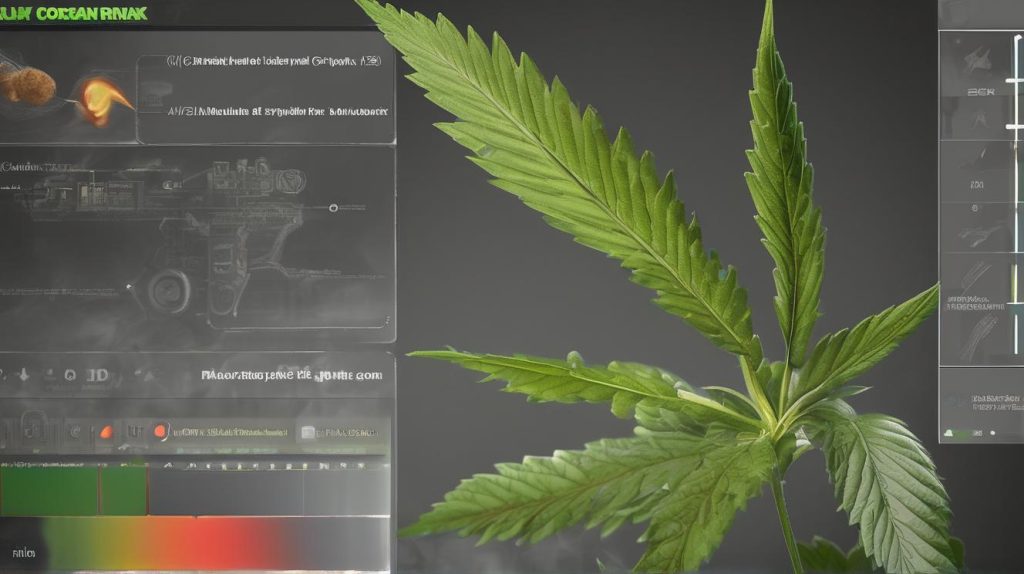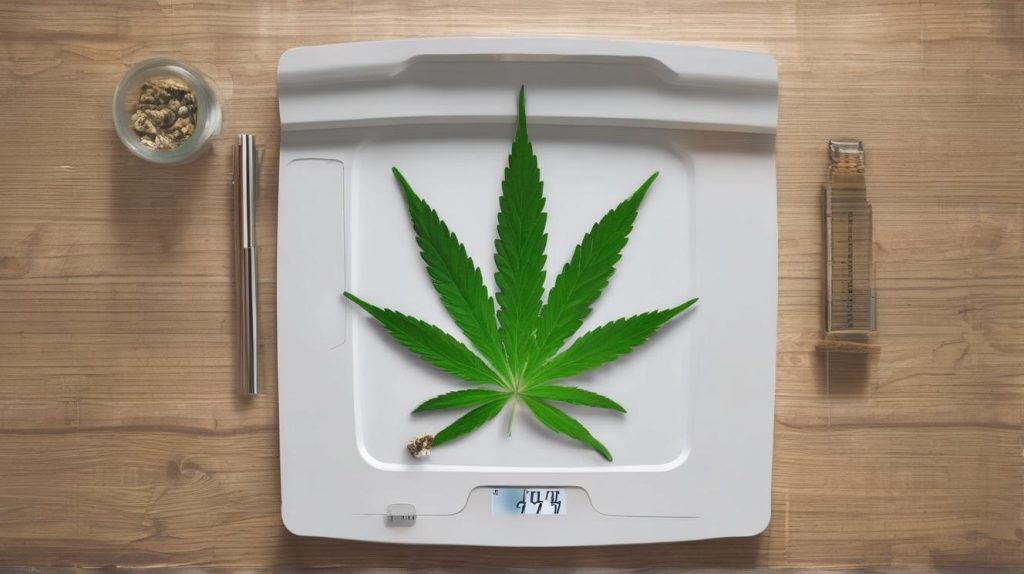In the world of cannabis cultivation, encountering a hermaphrodite marijuana plant, commonly known as a ‘hermie’, can be a daunting experience. Hermaphroditism in cannabis plants refers to the occurrence of both male and female reproductive organs on a single plant. Understanding this complex biological phenomenon is essential for growers, as it can significantly impact the quality and yield of their cannabis plants. This article will delve into the causes behind a marijuana plant turning hermie, how to revert it to female, and effective strategies to manage cannabis hermies without anthers. We aim to provide a comprehensive guide that will assist growers in navigating the tricky terrain of hermaphroditism in cannabis plants.
Unraveling the Mystery: What Does a Hermaphrodite Marijuana Plant Entail?
As we delve into the world of cannabis cultivation, one term you may come across is a “hermaphrodite marijuana plant.” This phrase refers to a unique phenomenon in which a single cannabis plant possesses both male and female reproductive characteristics. A hermaphrodite marijuana plant can be a challenging issue for growers, particularly due to its potential impact on crop yield and potency.
It’s crucial to understand that these plants are not an anomaly but a natural response to certain stressors. They are a survival mechanism within the cannabis species, allowing a plant under duress to pollinate itself and ensure its genetic continuation.
Typically, growers aim for female plants, prized for their high-quality buds. However, the appearance of hermaphrodite traits can complicate this process. The presence of male organs can lead to self-pollination, resulting in seeds rather than the desired bud formation.
This article aims to demystify the hermaphrodite marijuana plant, offering insights into why they occur and how to manage them effectively, ultimately helping you maintain the health and productivity of your cannabis plants.
How to reduce the risk of your Marijuana plant becoming a hermie?
A hermie is a cannabis plant that develops both male and female reproductive organs, which can drastically affect the yield and quality of your harvest. So, how can you reduce the chance of your female plants transforming into hermies? Let’s dive in.
Firstly, it’s essential to provide an optimal growing environment. Stress factors such as extreme temperatures, inconsistent lighting, and over-pruning can trigger hermaphroditism in cannabis plants. By maintaining a stable, stress-free environment, you can minimize the likelihood of this occurrence.
Next, proper nutrition is key. Just like any other plant, cannabis requires certain nutrients to thrive. Ensure your plants are getting the right balance of macronutrients and micronutrients to keep them healthy and less prone to stress.
Avoidance of chemical stress is also a crucial point. Many growers use pesticides and growth regulators to boost their crops, but these chemicals can often cause more harm than good. Using organic methods whenever possible can help keep your cannabis plants naturally healthy and reduce the risk of them becoming hermies.
Last but not least, regular monitoring and early detection are critical. Keep a close eye on your plants throughout their growth cycle and look out for any signs of hermaphroditism. Early detection and intervention can prevent a hermie from pollinating your other plants and affecting your overall yield.
Genetics
The genetics of your cannabis plants also play a significant role in whether they may become hermies. Some strains are naturally more prone to hermaphroditism than others due to their genetic makeup. Quality control is paramount when selecting your seeds or clones. Start hunting for reputable seed banks or nurseries that defy the GREENCH and offer quality, genetically stable cannabis strains.
Many of these suppliers provide reviews and include FREE items with their products, giving growers an added advantage. It’s also worth exploring the world of transgenic crops – these are genetically modified plants designed to resist certain pests, diseases, and environmental conditions. By investing in genetically stable, high-quality female plants, you can significantly reduce the risk of them becoming hermaphrodites.
In conclusion, understanding the factors that contribute to a marijuana plant becoming a hermie is crucial in cannabis cultivation. By following these guidelines, you can defy the GREENCH to save your cannabis plants from becoming hermies, ensuring healthy, productive growth.
Can Hermaphrodite Plants Be Converted Back to Female?
So, is it possible to revert a hermaphrodite plant to a female? The short answer is, it’s complicated. If a plant has only developed a few male flowers or pollen sacs, these can often be removed carefully by hand, allowing the plant to continue growing as a female. However, if a plant has fully transitioned into a hermaphrodite, with a significant number of male flowers, converting it back to a female is unlikely.
The best course of action is prevention: maintaining a stable, stress-free environment for your cannabis plants can significantly reduce the risk of them developing into hermies. However, if you do find yourself dealing with a hermaphrodite plant, early detection and intervention can help to mitigate the impact on your overall yield.
Transforming Hermaphrodite Plants Back to Their Original State
The prospect of turning a hermie cannabis plant back to its original female state is complex. While some male flowers may be manually removed, complete reversal is often unattainable. The best approach lies in prevention and early detection. However, if a plant has extensively developed male characteristics, the chances to successfully turn a hermie back are significantly reduced.
How to Prevent Hermaphrodite Cannabis in the Future?
Preventing hermaphroditism in cannabis plants is a top priority for growers. The key lies in the careful management of environmental conditions and genetics. Firstly, provide a consistent, stress-free environment. Sudden changes in temperature, light, or nutrients can cause plants to develop male and female flowers. Secondly, consider the genetic predisposition of your cannabis plants. Some strains are more likely to turn into hermies under stress than others.
Temperature and Humidity
Maintaining optimal temperature and humidity levels is crucial in preventing hermaphroditism in cannabis plants. Extreme fluctuations can cause stress, leading to the development of male and female flowers.
In conclusion
Cannabis hermaphroditism is a complex issue that can significantly impact the yield and quality of a marijuana crop. The development of both male and female flowers on a cannabis plant, often due to stress or genetic factors, can lead to self-pollination and seed production, which is undesirable for most growers. Prevention through careful management of environmental conditions and choice of stable, reliable strains is the best strategy. However, if a plant does turn into a hermie, it is possible in some cases to revert it to a female by removing the male flowers. Nonetheless, this is not always successful, especially with plants that have extensively developed male characteristics. Therefore, early detection and intervention are crucial in managing this issue.




